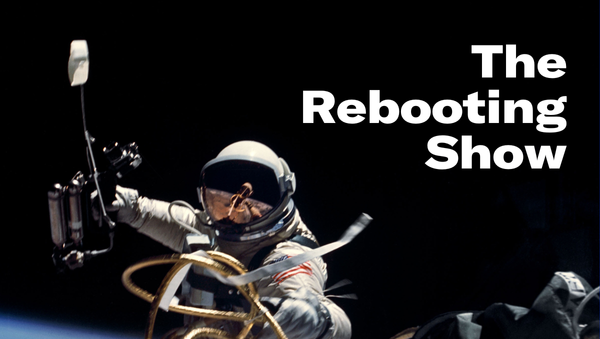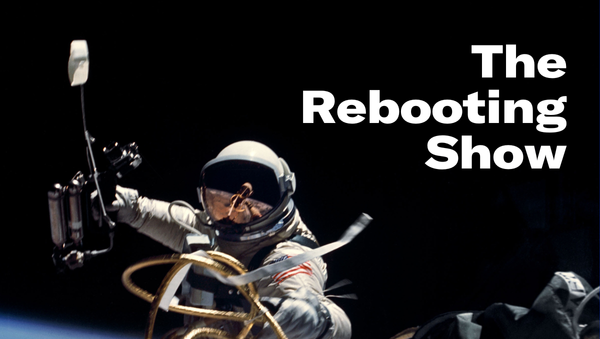Houses of brands
The flight to niches is leading big publishers to pursue verticals strategies
Welcome to a Thanksgiving week edition of The Rebooting. This week, I wrote about the house of brands approach that’s winning out as publishing favors verticals, how the strong get stronger in crises, and overthinking the “multi-SKU” creator business model. As always, please share this newsletter with a friend or colleague if you think they’d find it valuable. And please email me at bmorrissey@gmail.com with feedback and ideas.
Why the House of Brands won
A publishing company needs to determine what kind of brand architecture to adopt. There are three basic alternatives:
- The Branded House. This approach, where a master brand dominates, is typified by Bloomberg and The New York Times.
- The House of Brands. This is a classic publishing approach favored by magazine companies. Condé Nast is a classic house of brands, as is Vox Media and Complex.
- Endorsed. Many brands grow into this structure as they grow and acquire brands rather than try to subsume them. Think of Coca-Cola, which, in addition to Coke and offshoots like Diet Coke, has endorsed sub-brands in Sprite, Dasani and Fanta.
What we’re seeing now in the media industry is a gravitation to the House of Brands and Endorsed architectures as opposed to the popular portal approach -- Yahoo Finance, Yahoo Sports, Yahoo Autos, etc. Look at BuzzFeed, which began its life very much as a master brand. But as BuzzFeed grew, it needed to verticalize. Enter Tasty. The food brand grew into a juggernaut, and BuzzFeed added other brands like Nifty and now HuffPost alongside BuzzFeed News.
Verticalization is the way out of commoditization, lending itself to the House of Brands and Hybrid approaches. The flimsy era of scale has ended; now the key is building tight communities. It is hard to do that with a single brand. BuzzFeed Food, BuzzFeed News, BuzzFeed Home is an approach from the portal era. The success at Dotdash started by ditching that portal approach Neil Vogel and crew inherited with About.com. Instead, the company splintered into a House of Brands, with The Spruce (home), VeryWell (health), and so on. The approach allows for additions as Dotdash makes acquisitions, such as Byrdie (beauty), Serious Eats (food) and Liquor.com (booze).





